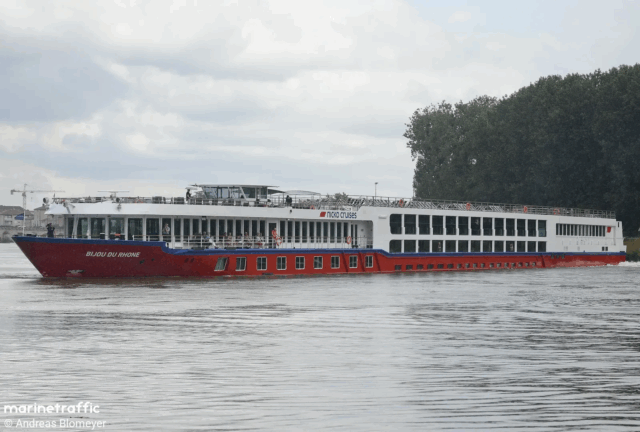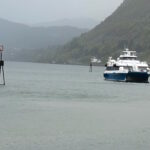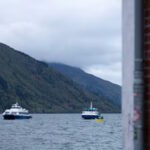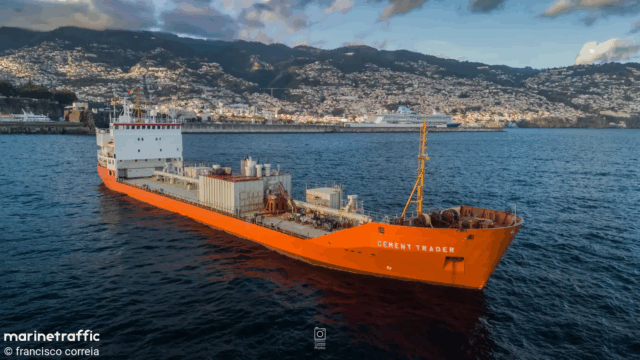Bijou Du Rhône
On the early morning of May 10, the 114 meter long self-propelled passenger ship Bijou Du Rhône (MMSI: 249358000) collided with a barge (name not disclosed) on the Rhône River near Sablons, France. The Bijou Du Rhône loaded with 127 passengers and 39 crew struck the barge resulting in hull damage on the Bijou Du Rhône with a hole above the waterline. The barge sustained significant hull damage. There were no injuries on either vessel.
Authorities arrived on site and begun transferring passengers to shore where they were later taken by bus to the next destination. The barge was taken under tow by the local fire brigade to the industrial port of Salaise-sur-Sanne. The Bijou Du Rhône remained in Sablons while in was inspected. Authorities have launched an investigation into the incident.







